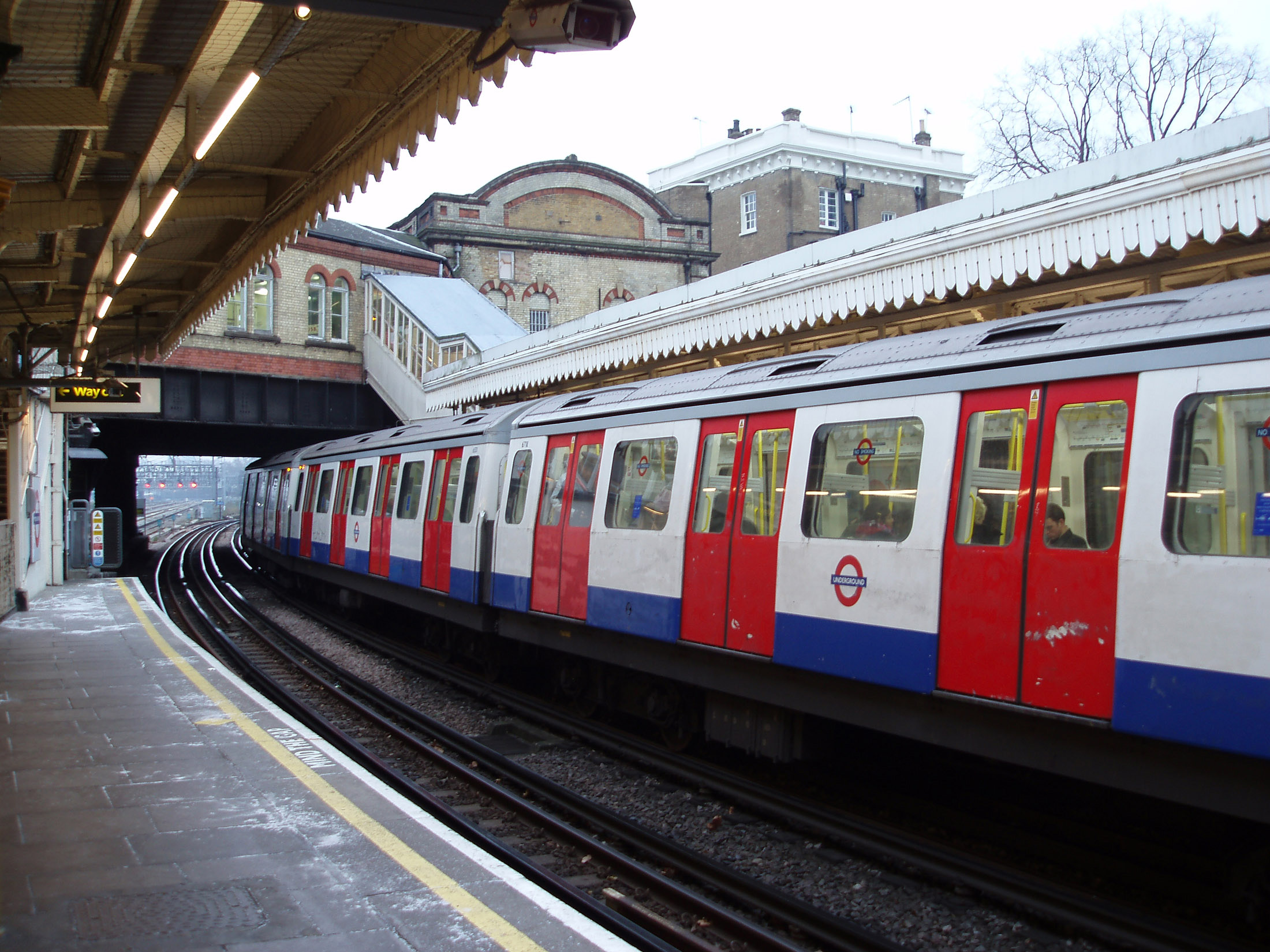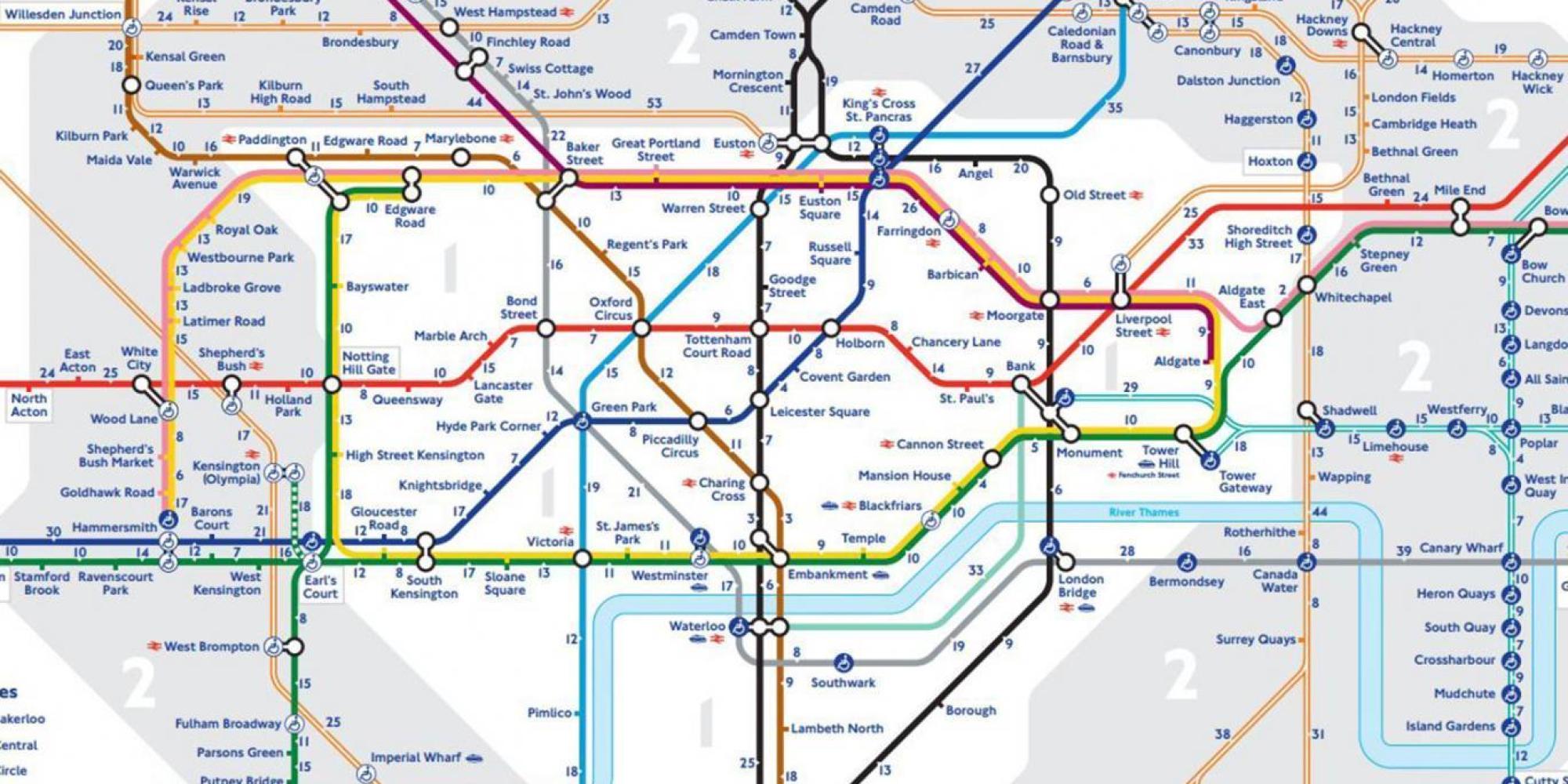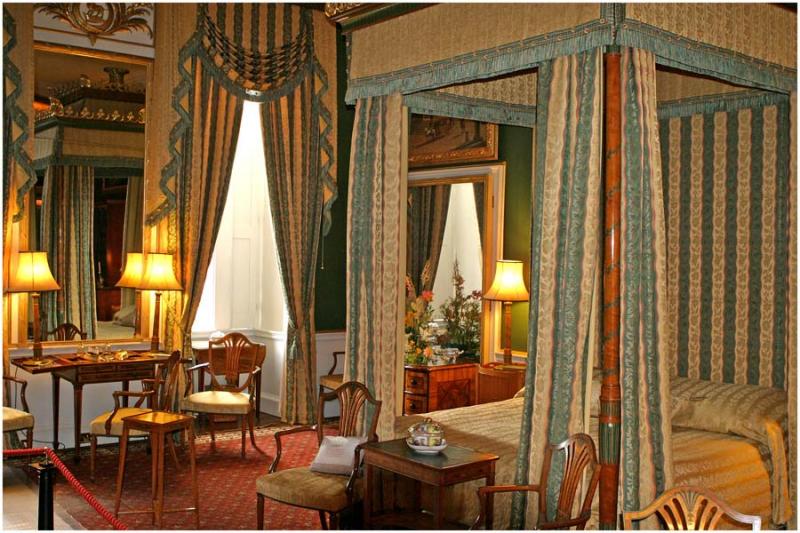

Its bar claimed to be the deepest in the UK, located approximately 60m below street level under Chancery Lane tube station. The two-tunnel shelter was extended by the addition of four tunnels at right angles to the originals to become the termination point of the first transatlantic telephone cable, and was spacious enough to boast a staff restaurant, tea bar, games room and licensed bar. More than 30 gears and a dozen lifts – stretching from the working-class East End to the heart of Whitehall – connect the Postmaster General’s tunnel to a secret underground network, which mostly emerges unobtrusively into government buildings and telephone exchanges.įurther, a short distance from Whitehall, an A-bomb-proof telephone exchange deep underneath High Holborn street – originally built as a deep-level government air raid shelter in the early 1940s – was a top-secret hub of more than 200 engineers from the 1960s to the ‘80s.

Named “The OWO”, the London landmark is set to open as one of the world’s highest-profile hotels in 2022. In 2014, the Raffles hotel chain bought the 54,000 sq m Grade II-listed building from the Ministry of Defence for £350 million. It was built to protect machinery and communications from the threat of atom bombs in the Cold War, and the bunker emerges into the basement of the Old War Office, once used by Winston Churchill. The most intriguing revelation was of the Postmaster General’s secret tunnel beneath the heart of the government at 57 Whitehall.

Yet, until recently, authorities remained conspicuously secretive about them, many owned by the Ministry of Defence and never publicly acknowledged. These mysterious Cold War-era tunnel systems and underground chambers, which number in the hundreds, have been a source of fascination for decades.


 0 kommentar(er)
0 kommentar(er)
